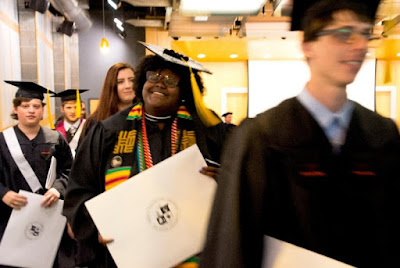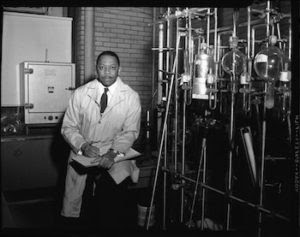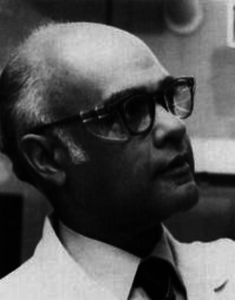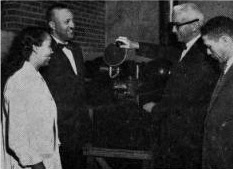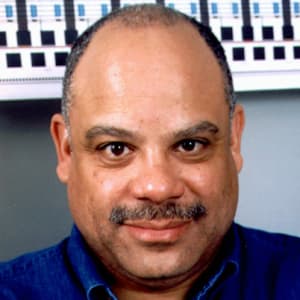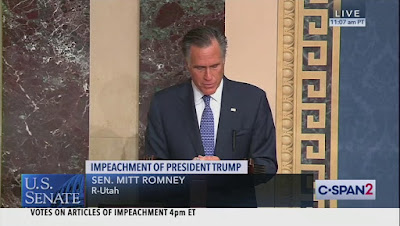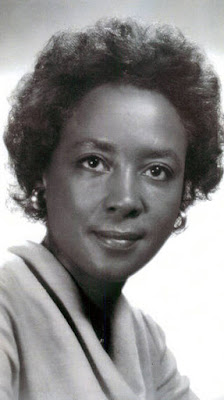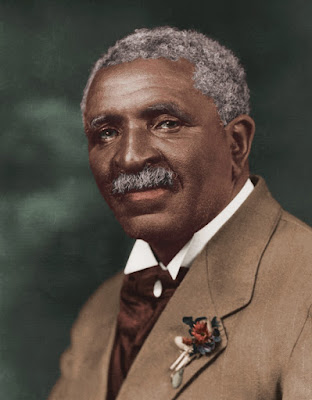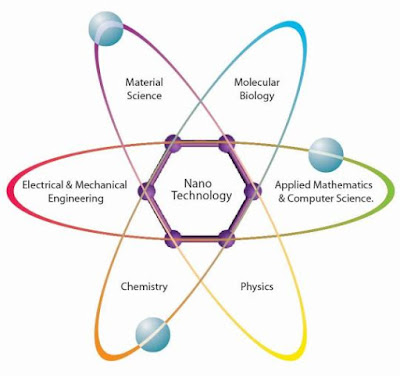 |
| Image Source: Omni Nano - The challenge of defining nanotechnology to a broad audience |
Topics: African Americans, Diversity, Diversity in Science, Nanotechnology
Article I Section 8 | Clause 8 – Patent and Copyright Clause of the Constitution. [The Congress shall have power] “To promote the progress of science and useful arts, by securing for limited times to authors and inventors the exclusive right to their respective writings and discoveries.”
Stanford University Libraries: Fair Use/US Constitution
This is the least-mentioned clause in The Constitution. We tend to get in a twist over the First and Second Amendments (likely not because of the importance of every amendment, but that these are the first two, and most discussed popularly).
About the NNI
Welcome to the National Nanotechnology Initiative (NNI) website. The NNI is a U.S. Government research and development (R&D) initiative involving 20 departments and independent agencies working together toward the shared vision of "a future in which the ability to understand and control matter at the nanoscale leads to a revolution in technology and industry that benefits society." The NNI brings together the expertise needed to advance this broad and complex field—creating a framework for shared goals, priorities, and strategies that helps each participating Federal agency leverage the resources of all participating agencies. With the support of the NNI, nanotechnology R&D is taking place in academic, government, and industry laboratories across the United States.
NANO.gov: About the NNI
What is the NNI?
The NNI is a U.S. Government research and development (R&D) initiative involving the nanotechnology-related activities of 20 departments and independent agencies. The United States set the pace for nanotechnology innovation worldwide with the advent of the NNI in 2000. The NNI today consists of the individual and cooperative nanotechnology-related activities of Federal agencies with a range of research and regulatory roles and responsibilities. Funding support for nanotechnology R&D stems directly from NNI member agencies. As an interagency effort, the NNI informs and influences the Federal budget and planning processes through its member agencies and through the National Science and Technology Council (NSTC). The NNI brings together the expertise needed to advance this broad and complex field—creating a framework for shared goals, priorities, and strategies that helps each participating Federal agency leverage the resources of all participating agencies. With the support of the NNI, nanotechnology R&D is taking place in academic, government, and industry laboratories across the United States.
NANO.gov: What is the NNI?
"To promote the progress of science and useful arts,"...
This shouldn't be left up to interpretation, but science and useful arts is an instructive turn of phrase.
Useful art, or useful arts or techniques, is concerned with the skills and methods of practical subjects such as manufacture and craftsmanship. The phrase has now gone out of fashion, but it was used during the Victorian era and earlier as an antonym to the performing art and the fine art. Wikipedia/Useful_art
Creationism/Intelligent Design/Flat and Young Earth enthusiasts are not advocating science: they're pseudoscience. Like eugenics, it is the counter authoritarianism gives when it feels threatened. If some of its proponents have patents, I am not aware, but if they possess them, they adhered to STEM disciplines, not poppycock.
The United States has an undistinguished history built on the foundations of land theft from First Nation Peoples (so-called Indians by Columbus) and involuntarily enslaved Africans of the Diaspora.
This however is the invention clause that awards patents for creative ideas, documenting its originator, how the invention is used and ownership. Inventions create commerce, jobs and most importantly: wealth.
The website Interesting Engineering: The A-Z List of Black Inventors is probably not an all-encompassing list, numbering 248. However, it should be a guide to how and where African Americans have contributed through their inventiveness to society and this nation. Cautionary at casual observance, it suggests the problems of the community is merely a matter of chutzpah and bootstraps.
Although Jasper Newton “Jack” Daniel is credited with inventing Jack Daniel’s in the 19th century, the company revealed last year that Daniel learned the trade of whiskey making from a slave named Nathan “Uncle Nearest” Green. (Green’s nickname is often incorrectly misspelled as “Nearis.”) Daniel then went on to open the Jack Daniel’s Tennessee whiskey distillery in 1875, where Green worked as the master distiller until at least 1881.
New York Times best-selling author Fawn Weaver says she discovered the story of Green from an article published by The New York Times that moved her to dig more into his history. That’s when she learned that Green was not the only African American involved in the process of distilling Jack Daniel’s whiskey. In fact, generations of Green’s descendants worked together with the Daniel family to make the iconic whiskey decades later. Some of Green’s offspring still work in the whiskey industry today.
THE SLAVE BEHIND JACK DANIEL’S WHISKEY RECIPE TO RECEIVE NEW HONOR
Selena Hill, Black Enterprise, July 28, 2017
This issue has always been fair use, and fairness.
What impact would fairness have had on the Green family with complete patent control of what has now become an American icon?
According the Center for American Progress in an article written by Angela Hanks, Danyelle Solomon, and Christian E. Weller in 2018, the median wealth of black and white in America will not come to equivalency for 200 years. That is a byproduct not of preponderance of Melanin or assigned depravity: it was government policy, hubris and ignorance on the Greens' part as to what rights they had to their invention.
..."by securing for limited times to authors and inventors the exclusive right to their respective writings and discoveries."
Whatever creativity, inventive ideas we contribute in macro, micro or nano spaces, may we be treated fairly; allowing us the fair use of "science and useful arts" towards the benefit of mankind, our progeny and posterity. Such may narrow the 200 years predicted, the equivalent of starting a 100 meter dash in leg irons.

